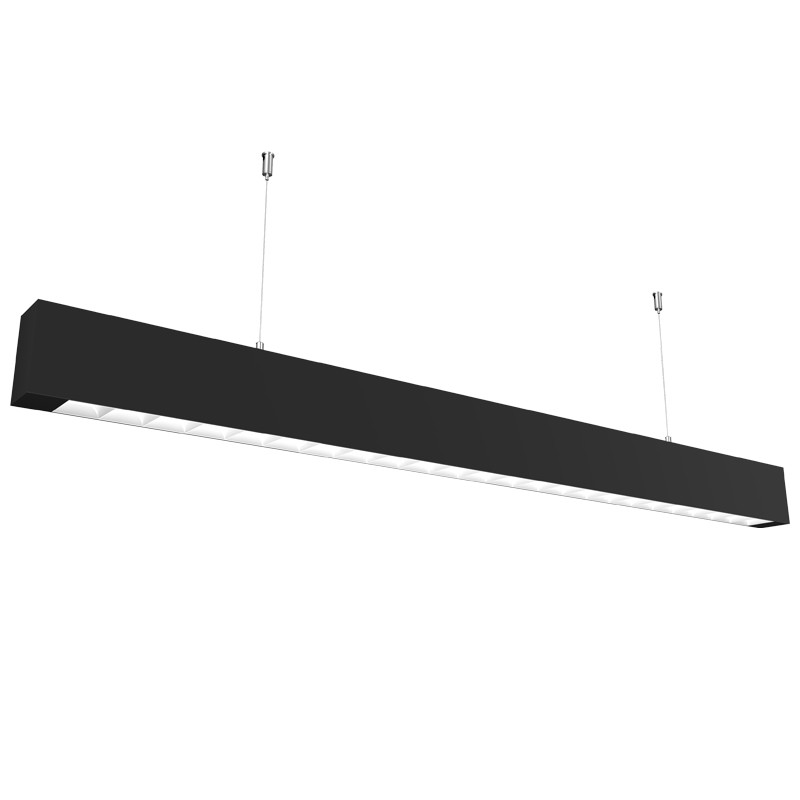
However, either their cost is insignificant or they are not conveniently traceable. To keep track of indirect materials and their cost, it can help to follow a formula. For example, you can divide the total number of indirect materials by the number of units manufactured. The procedure for drawing indirect materials from storage is similar to online invoicing portal the direct materials i.e., they are requested by production manager via a materials requisition form. Low-quality indirect materials can damage equipment, resulting in costly repairs or replacements. For example, if the wrong type of lubricant is used, it can cause premature wear and tear on machinery, leading to breakdowns and downtime.
- Direct raw materials are typically considered variable costs since the amount used depends on the quantities being produced.
- Training employees on properly using and handling indirect materials can help reduce waste and prevent unnecessary expenses.
- Effective indirect materials management requires a clear understanding of accounting methods, challenges, best practices, and supplier selection factors.
- In addition, individuals do not trace these through a formal stock record system; instead, they utilize an informal system to order additional requirements of these materials.
- You can better understand the effects of direct and indirect materials on product costing and overall profitability by understanding the distinctions between them.
Create a Free Account and Ask Any Financial Question

These materials support the production process, maintenance activities, or general operations but are not visibly or directly traceable to a specific product or service. Regularly auditing indirect materials can help identify areas where waste and inefficiencies occur. By reviewing usage patterns, business owners and managers can identify opportunities for improvement and implement changes to reduce waste and optimize processes.
Supplier Management
For example, consider how a company that relies on oil or plastics often does not own the drilling rig that extracts the raw materials from the group. Various types of direct materials that are consumed in different manufacturing industries usually come from natural deposits, agricultural fields, forests and animals etc. Establishing clear policies and procedures for indirect material usage and procurement can help companies maintain consistency and prevent waste.
Understanding Actual Costs: The Hidden Key to Manufacturing Excellence
The primary focus of indirect materials is on the business’ ongoing operational and administrative requirements. The cost of such materials is directly traceable to each individual unit of product manufactured and is, therefore, regarded as direct or product cost. The quantity of direct materials needed to make a unit of product is usually known or can be closely estimated. The direct materials often form a major element of total prime cost of a given manufacturing process. In today’s competitive business landscape, understanding the importance of indirect materials and implementing effective management strategies is crucial for long-term success.
Company
Implementing an inventory management system can help companies reduce indirect material costs by optimizing inventory levels, reducing overstocking and understocking, and minimizing waste. With a well-designed inventory management system, companies can track inventory levels and usage patterns, identify slow-moving items, and make informed purchasing decisions. Facilities management is responsible for maintaining the physical infrastructure of the organization. This department is responsible for managing and maintaining the equipment, tools, and facilities required for the smooth functioning of the organization.
In a manufacturing environment, the term raw materials refers to the items, matters or substances that are used for manufacturing a salable product. Some of these materials physically become the part of final product while others are just used to carry out the production process and don’t form the product’s physical part or component. Using low-quality or substandard indirect materials can also increase costs. For example, if materials need to be replaced more frequently, it can lead to higher expenses.
Tyres are the finished product of Yokohama but direct material for Mercedes Benz that uses them to complete manufacturing of its cars and other automobiles. A good example of indirect materials is screws and bolts in an assembly line. In the Ford truck factory, every fender is bolted onto the frame with a set of bolts.
Procurement teams must strategically manage indirect materials to ensure continuous supply, optimize inventory levels, and drive cost savings. They may be used in insignificant quantities per product, making it impractical to categorize them as direct materials (which involves inclusion in the bill of materials). These materials are integral to the production process but are not substantially integrated into a product or job. Examples of indirect materials include cleaning supplies, disposable safety equipment, disposable tools, fittings and fasteners, glue, oil, and tape. To overcome this challenge, companies can implement compliance management systems that ensure compliance with laws and provide alerts when regulations change.
You can think of indirect materials like resources used to assemble direct materials into finished products. Indirect materials in business are a collective group of raw materials used in the manufacturing process, even though they are a small part of the final product. For example, disposable gloves, scissors, and cotton are instances of these materials in a healthcare unit.